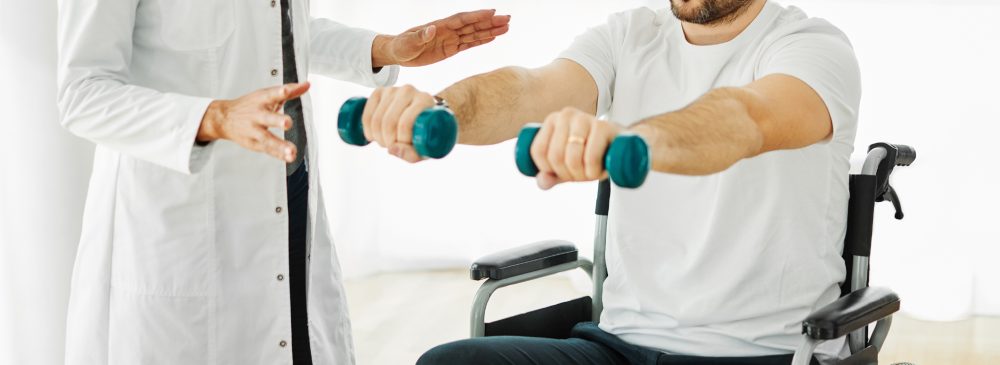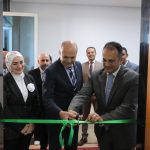Graduates of this program will possess the following learning outcomes:
Describe and explain cell biology, give examples of basic tissues, their properties and structure and compare and contrast the structure and properties of biological substances.
Describe surface anatomical structures of the lower limb, upper limb spine and trunk especially anatomy of upper limb, with detailed knowledge of neuroanatomy.
Describe and relate the structure and function of the upper and lower limbs to clinical pathologies. and understand the function of individual joints and muscles and be proficient in explaining their interaction.
Explain the etiology, pathogenesis, structural and functional manifestations of diseases and abnormalities at birth.
Assess patients and prescribe ideal occupational therapy program.
Reliably assess patients with appropriate functional scoring system.
Apply biomechanical principles to generate optimal solutions to clinical problems occupational hazards.
Evaluate the quality of life of patient and tailor programs to improve it.




